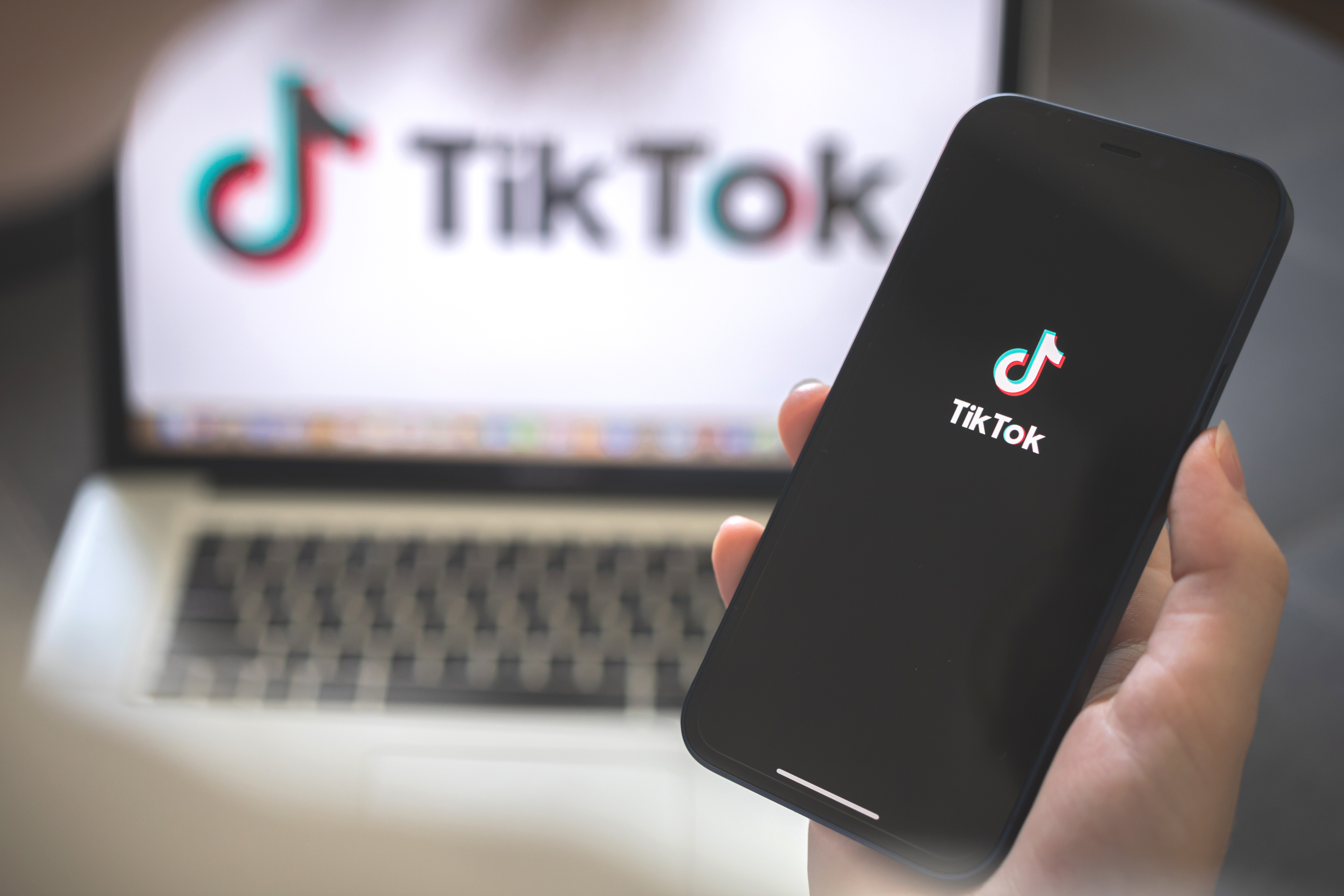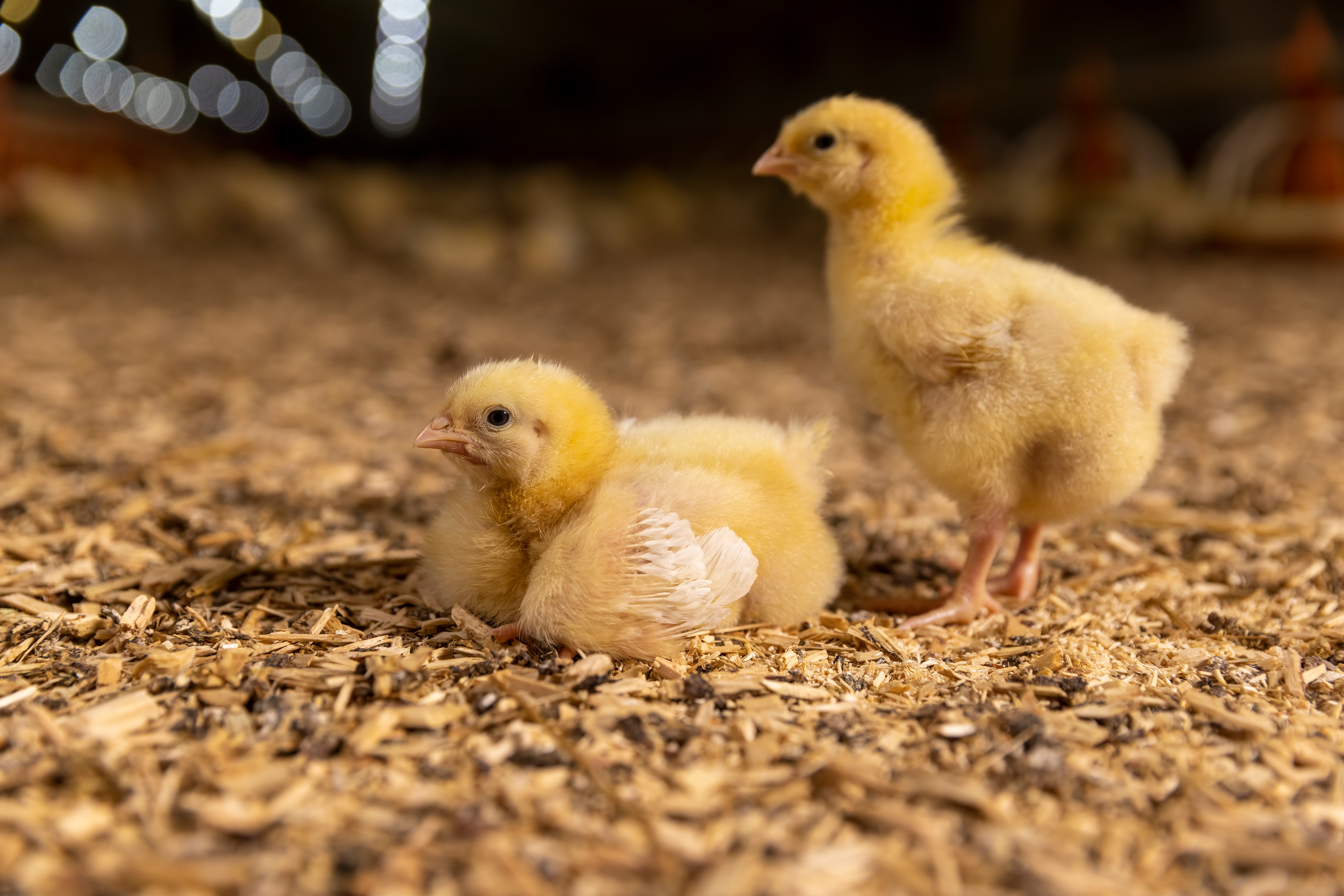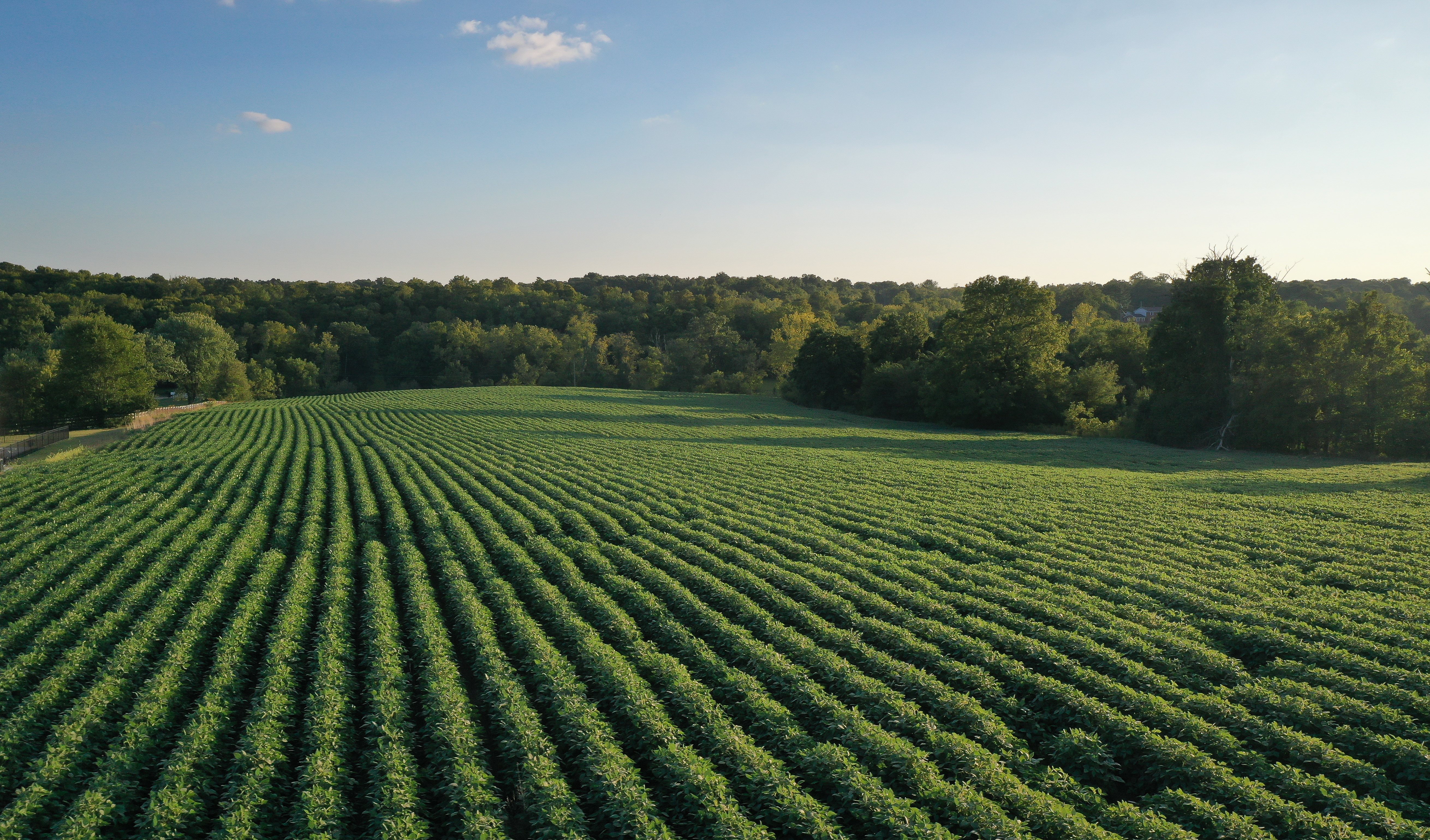Think Before You TikTok
Think Before You TikTok

TikTok has exploded in popularity, and agriculture hasn’t been left behind. In 2023, agriculture-related content on TikTok racked up over 23 billion views, and the platform contributed $24.2 billion to the U.S. GDP. With its short, fast-paced videos and massive reach, it’s easy to wonder: Should your farm be on TikTok? The answer isn’t a simple yes or no. Instead, it depends on your goals, your audience, and your capacity.
The Upside: Awareness and Authenticity
TikTok thrives on authenticity. Unlike polished ads or curated feeds, users are drawn to raw, relatable content. If you're interested in storytelling, public outreach, or simply showing the human side of farming, TikTok can be a powerful platform.
It also works well for agritourism and destination marketing. Want to draw visitors to your pick-your-own bouquet at your cut flower farm, on-farm market, or seasonal event? TikTok videos can generate publicity far beyond your local level.
Likewise, farms selling nonperishable, shippable products—such as jams, spice blends, or soaps—can benefit from TikTok’s national reach. Adding your website or online store to your profile makes it easy to direct viewers to buy from you directly.
The Downside: Time, Local Fit, and Sales Expectations
While TikTok is great for visibility, it’s not built for hyperlocal sales. Most farms we work with sell within their immediate community—at farmers markets, through CSA pickups, or via direct delivery. TikTok’s algorithm pushes content to users across the country, not just your town. That means it’s unlikely to drive many local purchases.
It also takes time and intention. Creating engaging, consistent content is a commitment—not something to “just do to do.” If you’re already juggling other social platforms, fieldwork, and market days, adding TikTok can feel overwhelming.
During a recent conversation, a cut flower farmer shared something that stuck with me: “Don’t do it just to do it—do it with intention.” That sentiment perfectly captures the message I hope to convey through this article.
Finally, TikTok isn’t a sales platform. It’s better for PR, storytelling, and brand visibility than for closing a sale. If your farm’s marketing goal is strictly transaction-based, other tools (like Instagram, email, or your website) may be more effective.
Ask Yourself Before You Post:
- Can I realistically keep up with creating short-form video content?
- Am I selling a product or experience that benefits from national exposure?
- Do I enjoy being on camera and sharing parts of my farm life?
- Am I using TikTok for connection—not just conversion?
If the answer is yes, TikTok might be worth exploring. If not, that’s okay too. In Part 2 of this series, I will walk through how to set up a TikTok strategy that actually works—if you decide that is the right fit for you. Find Think Before You TikTok, Part 2: Steps to Build a Strategy That Works, here.
Meghan Planck was a 2025 Summer Fellow with the UK Center for Crop Diversification, working with mentor Senior Extension Specialist and CCD Co-Director, Brett Wolff. Meghan is double-majoring in marketing and psychology and is passionate about consumer psychology, narrative marketing, content strategy, and social media.
Sources:
TikTok contributed $24.2 billion to U.S. GDP in 2023, with #agriculture videos logging 23 billion views in one year: AgDaily.com
Users choose to keep watching—or scroll—within the first 3 seconds: Influencer Marketing Hub
Recommended Citation Format:
Planck, M. “Think Before You TikTok.” Economics and Policy Update (25):9, Department of Agricultural Economics, University of Kentucky, September 25, 2025.
Author(s) Contact Information:
Meghan Plank | Meghan.Planck@uky.edu


